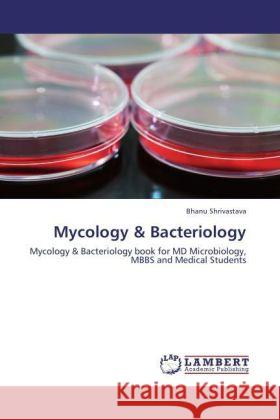Mycology & Bacteriology : Mycology & Bacteriology book for MD Microbiology, MBBS and Medical Students » książka
Mycology & Bacteriology : Mycology & Bacteriology book for MD Microbiology, MBBS and Medical Students
ISBN-13: 9783847301974 / Angielski / Miękka / 2011 / 584 str.
Mycology & Bacteriology : Mycology & Bacteriology book for MD Microbiology, MBBS and Medical Students
ISBN-13: 9783847301974 / Angielski / Miękka / 2011 / 584 str.
(netto: 340,49 VAT: 5%)
Najniższa cena z 30 dni: 355,86 zł
ok. 10-14 dni roboczych.
Darmowa dostawa!
Fungi have a worldwide distribution, and grow in a wide range of habitats, including extreme environments such as deserts or areas with high salt concentrations or ionizing radiation, as well as in deep sea sediments. Around 100,000 species of fungi have been formally described by taxonomists, but the global biodiversity of the fungus kingdom is not fully understood. On the basis of observations of the ratio of the number of fungal species to the number of plant species in selected environments, the fungal kingdom has been estimated to contain about 1.5 million species. In mycology, species have historically been distinguished by a variety of methods and concepts. Classification based on morphological characteristics, such as the size and shape of spores or fruiting structures, has traditionally dominated fungal taxonomy. Species may also be distinguished by their biochemical and physiological characteristics, such as their ability to metabolize certain biochemicals, or their reaction to chemical tests. The biological species concept discriminates species based on their ability to mate. The application of molecular tools, such as DNA sequencing and phylogenetic analysis etc.











